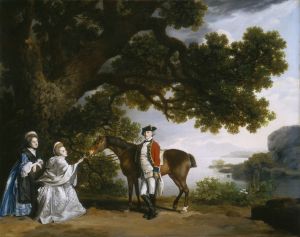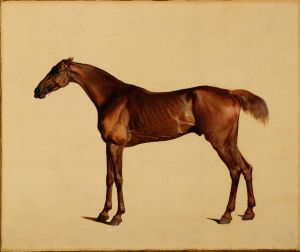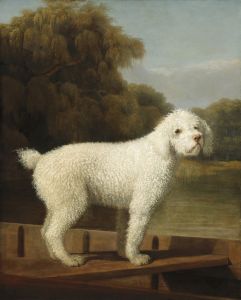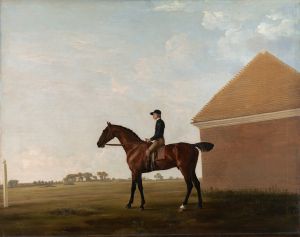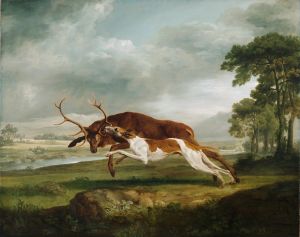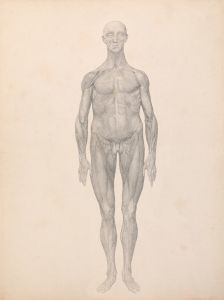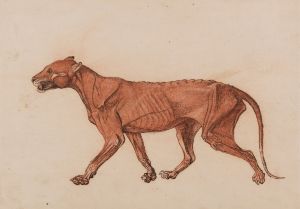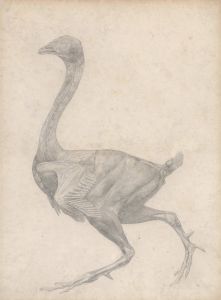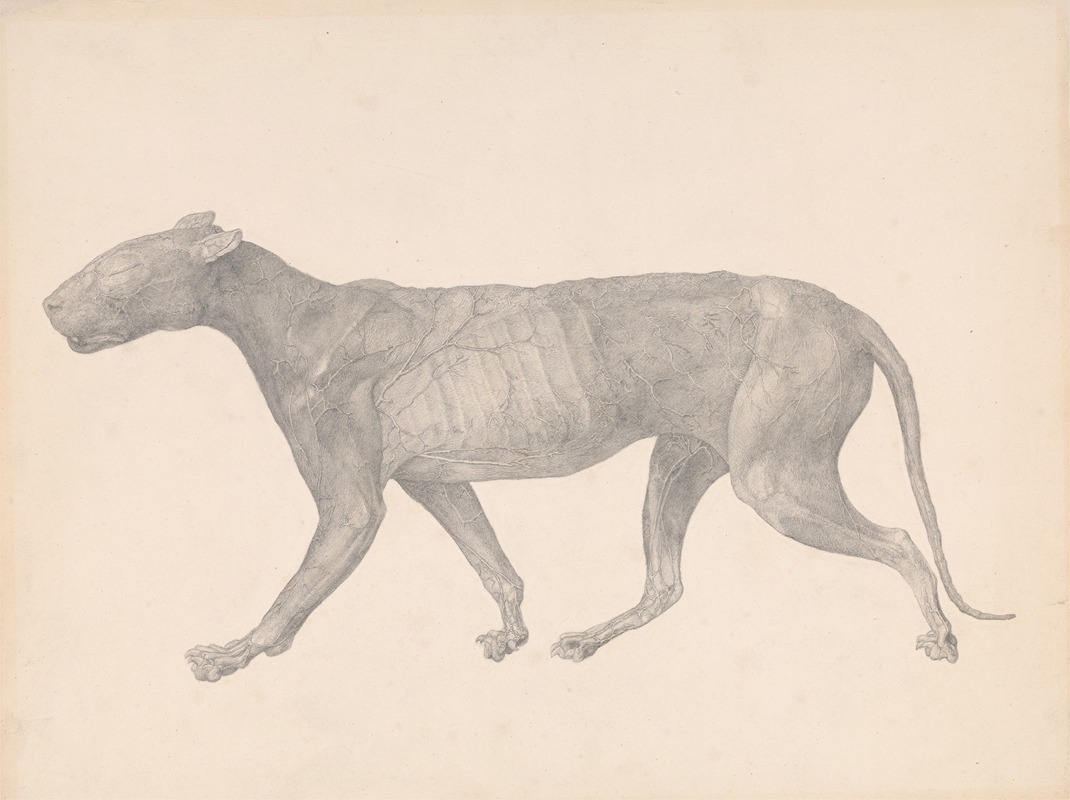
Tiger, Lateral View, with Skin and Tissue Removed
A hand-painted replica of George Stubbs’s masterpiece Tiger, Lateral View, with Skin and Tissue Removed, meticulously crafted by professional artists to capture the true essence of the original. Each piece is created with museum-quality canvas and rare mineral pigments, carefully painted by experienced artists with delicate brushstrokes and rich, layered colors to perfectly recreate the texture of the original artwork. Unlike machine-printed reproductions, this hand-painted version brings the painting to life, infused with the artist’s emotions and skill in every stroke. Whether for personal collection or home decoration, it instantly elevates the artistic atmosphere of any space.
George Stubbs was an 18th-century British painter renowned for his detailed and anatomically precise depictions of animals. One of his lesser-known works, "Tiger, Lateral View, with Skin and Tissue Removed," exemplifies his dedication to anatomical accuracy and his interest in the natural world. Although this specific painting is not as famous as some of his other works, such as "Whistlejacket," it reflects Stubbs' meticulous approach to studying and representing animal anatomy.
Stubbs was born in Liverpool in 1724 and developed an early interest in anatomy, which was unusual for artists of his time. His fascination with the subject led him to study human anatomy in York, where he produced detailed anatomical drawings. This background in anatomy significantly influenced his later work, including his studies of animals.
In the 1750s, Stubbs embarked on a project that would cement his reputation as a master of animal anatomy. He spent 18 months dissecting horses and meticulously documenting their anatomy. This work culminated in the publication of "The Anatomy of the Horse" in 1766, a landmark book that combined scientific precision with artistic skill. The book's success established Stubbs as the leading animal painter of his era.
"Tiger, Lateral View, with Skin and Tissue Removed" is consistent with Stubbs' approach to animal anatomy. Although specific details about the creation and exhibition of this painting are scarce, it is likely that Stubbs applied the same rigorous methods he used in his equine studies. The painting would have involved careful dissection and observation, allowing Stubbs to depict the internal structure of the tiger with remarkable accuracy.
Stubbs' work was characterized by a commitment to realism and a desire to understand the underlying structure of his subjects. This approach set him apart from many of his contemporaries, who often prioritized idealized representations over anatomical accuracy. Stubbs' paintings, including his anatomical studies, were informed by direct observation and a scientific approach to art.
The 18th century was a period of growing interest in natural history and the sciences, and Stubbs' work was part of this broader cultural movement. His paintings appealed to both art collectors and scientists, bridging the gap between artistic representation and scientific inquiry. Stubbs' ability to combine these disciplines contributed to his lasting reputation as a pioneer in the field of animal painting.
While "Tiger, Lateral View, with Skin and Tissue Removed" may not be as widely recognized as some of Stubbs' other works, it exemplifies his dedication to understanding and accurately portraying the natural world. His legacy endures not only in the art world but also in the fields of anatomy and natural history, where his contributions continue to be appreciated for their precision and insight.





